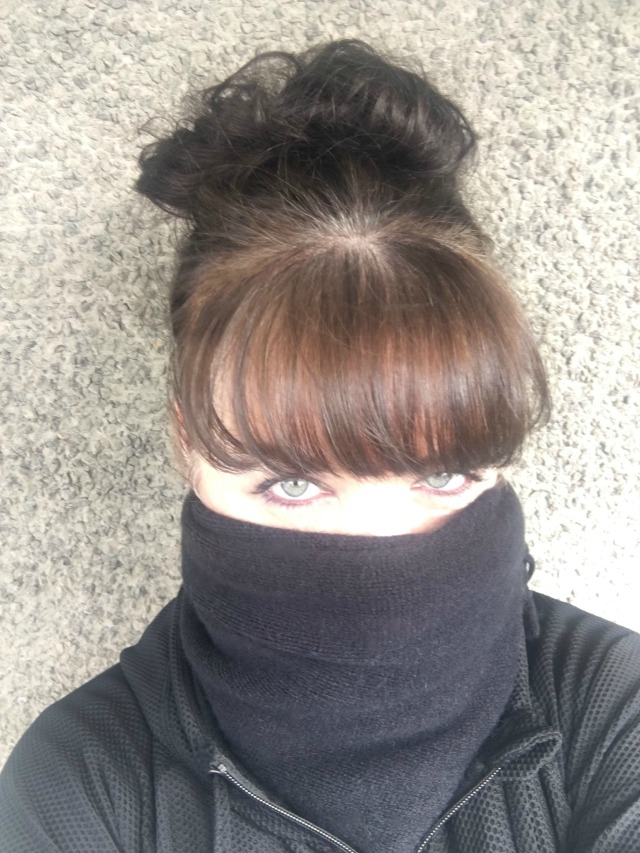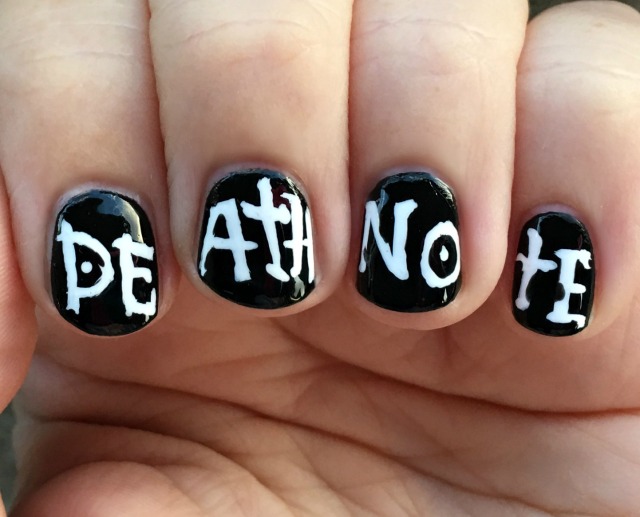
This is most likely going to be a very unpopular sentiment, but I really liked the new Netflix version of Death Note. And by that I mean I friggin’ LOVED it – it’s a total goof, just a fun, super slick-looking trifle of a thing filled with lots of neon lights, quirky characters and scenery-gnawing performances. Ain’t nothin’ wrong with that.
First, a bit of a refresher for the fans, former fans and the blissfully unaware – Netflix’s new movie is an hour and a half-long adaptation of the beloved and long-running Japanese manga Death Note. Both follow a teenage boy named Light (Turner in this new version, Yagami in the original) after he comes into possession of a mysterious notebook that holds the power of death. Light first uses the book – and its author, a spiked, nine-foot-tall death god named Ryuk, voiced by Willem Dafoe – to settle a couple of personal scores, the untouchable mob boss who struck and killed his mother chief among them. But then, sensing that there’s more to be done with this incredibly powerful object, Light takes the name Kira (“Light” in Celtic or Russian, “Killer” in Japanese) and begins settling the world’s scores, offing warlords and dictators and rapists and murderers by the hundreds, and all at an undetected distance. Unsurprisingly, global authorities don’t have much of an issue with Light’s activities – the bad guys are either dying or turning themselves in, and Lord Kira has erased the world’s most-wanted list. Who’s going to complain about that?
Well, less traditional law enforcement types, for one, including L, a sort of masked ninja samurai detective (played with a weird kind of bonkers energy in the Netflix version by Lakeith Stanfield) hot on Light’s tail. In fact, here I am working out the kinks in my L Halloween costume. I think it needs more hoodie.

Anyways, I believe my (positive) opinion of Netflix’s Death Note is most likely an unpopular one because, like all movies (or TV shows, or books) based off a beloved, long-running series, Death Note comes with a lot of fan baggage. And the complaints run the usual gamut, from whitewashing (undeniable when you take a Japanese property, set it in Seattle and then cast it with pretty well nothing but Caucasian actors) to a fundamental lack of respect for the source material (I understand the original is more of a hard boiled crime procedural than a neon-splashed teen horror lark.)
And while those might be valid complaints (I call bullshit on the total whitewashing of Death Note, however – two of the movie’s five major characters are Japanese and African American, respectively) I’m also of that generation that has watched virtually every movie, television show or book I love (or merely feel somewhat fondly towards) get turned into a hideous, rebooted bastardization of its original self. And ultimately, for all the fuss, all the calls for boycotts, all the virtual vitriol, NONE OF IT MATTERS. A new version of something – even one you loathe – cannot change, should not change, how you feel about that original thing. Because it wasn’t made for you, the diehard fan, it was made in service of attracting a larger (and always younger) audience. So are you upset that others have discovered your secret club? Because you’d think you want more members. Or are you just upset because the new version doesn’t rigidly conform to the story as you know it? Because that’s called a creative dictatorship, and they’re generally frowned upon. 😉
Long story short, I think the Netflix version of Death Note is way dope; no complaints here, just nail art. And a ripe Red Delicious for Ryuk.


Pingback: Best of 2017 | Finger Candy